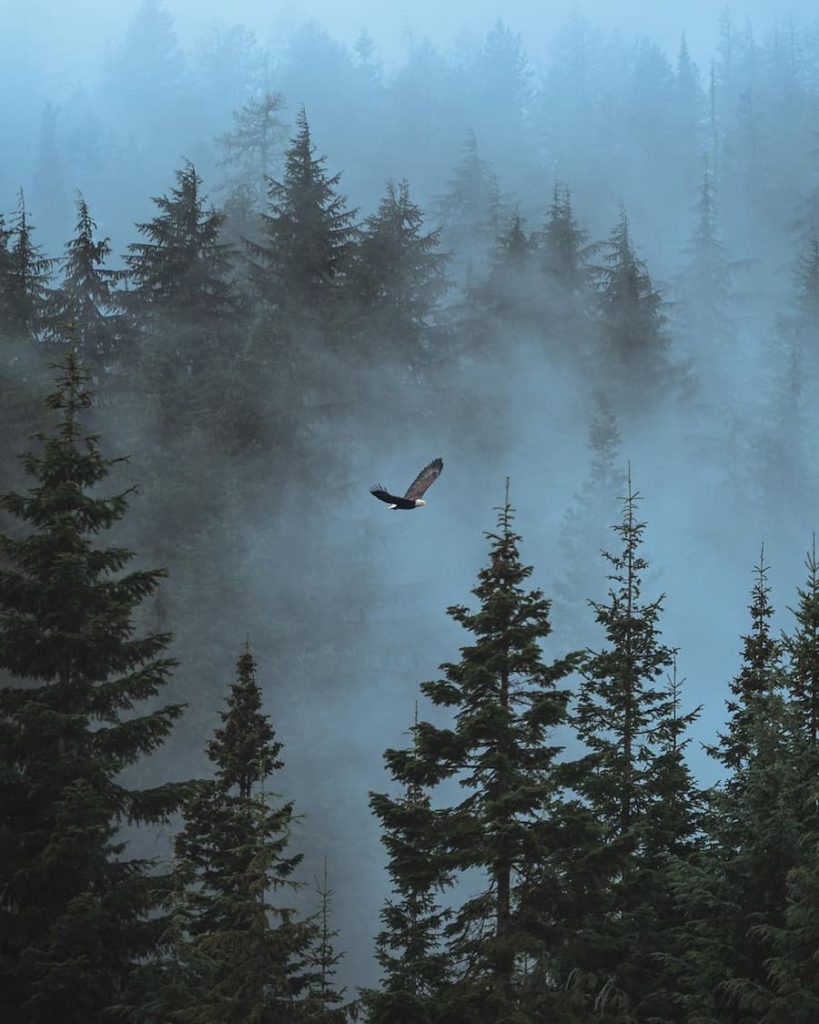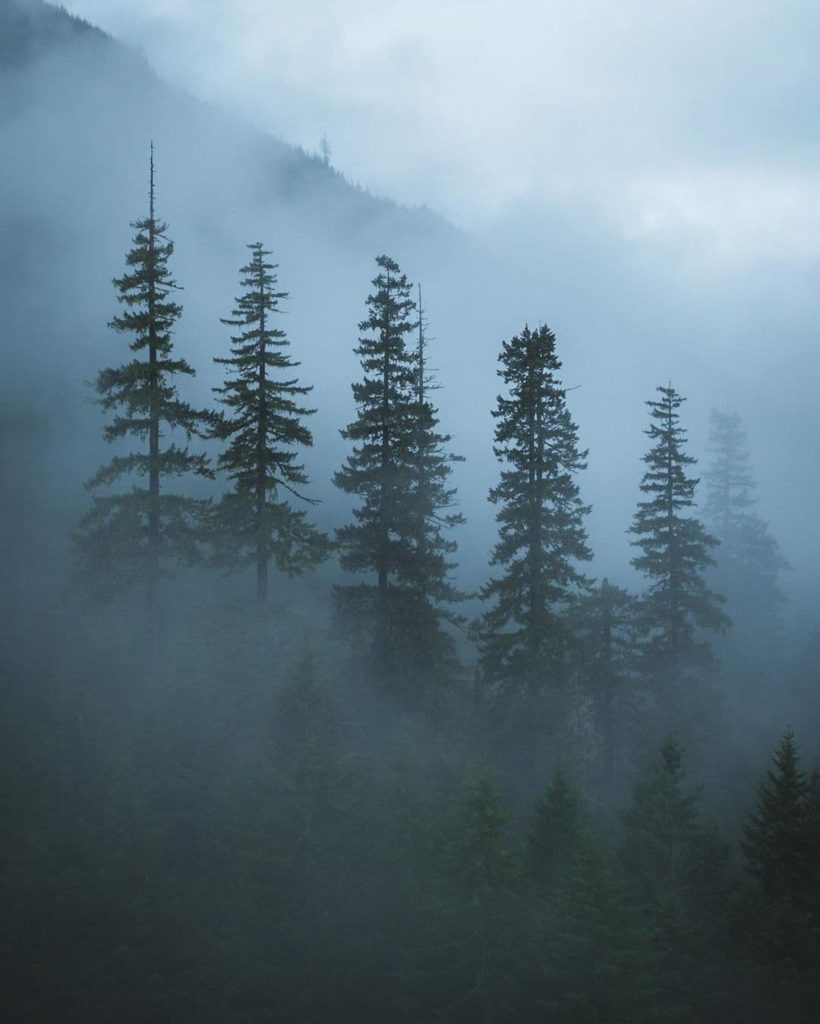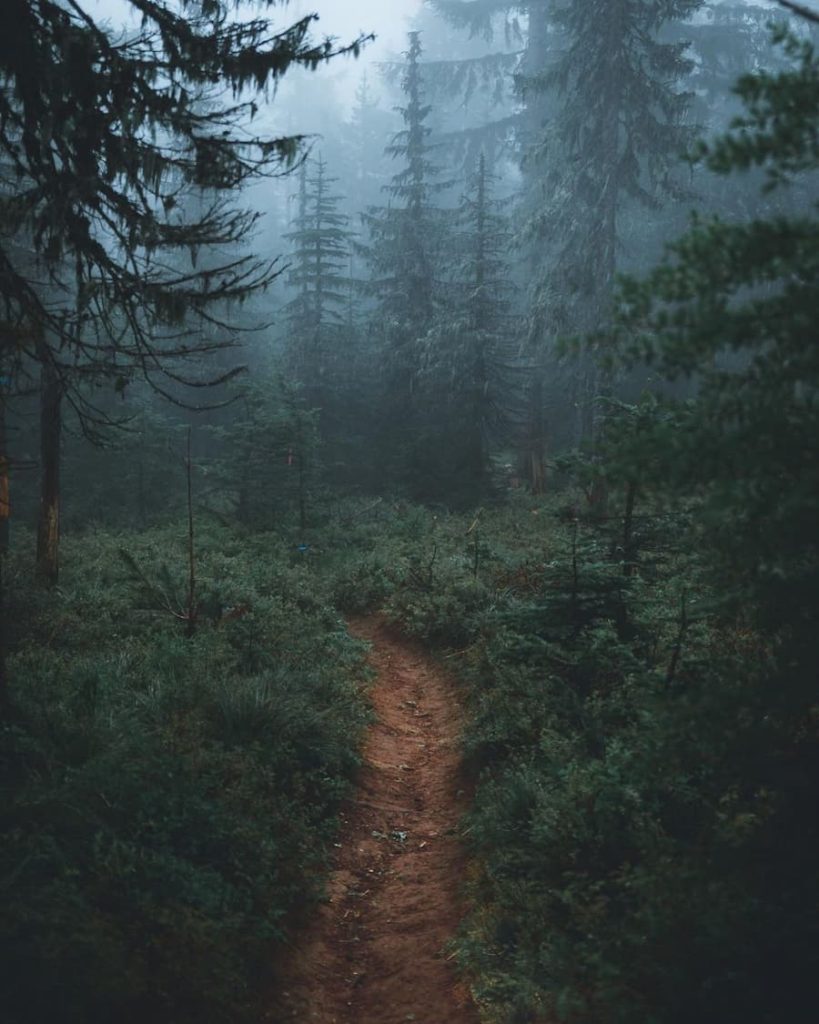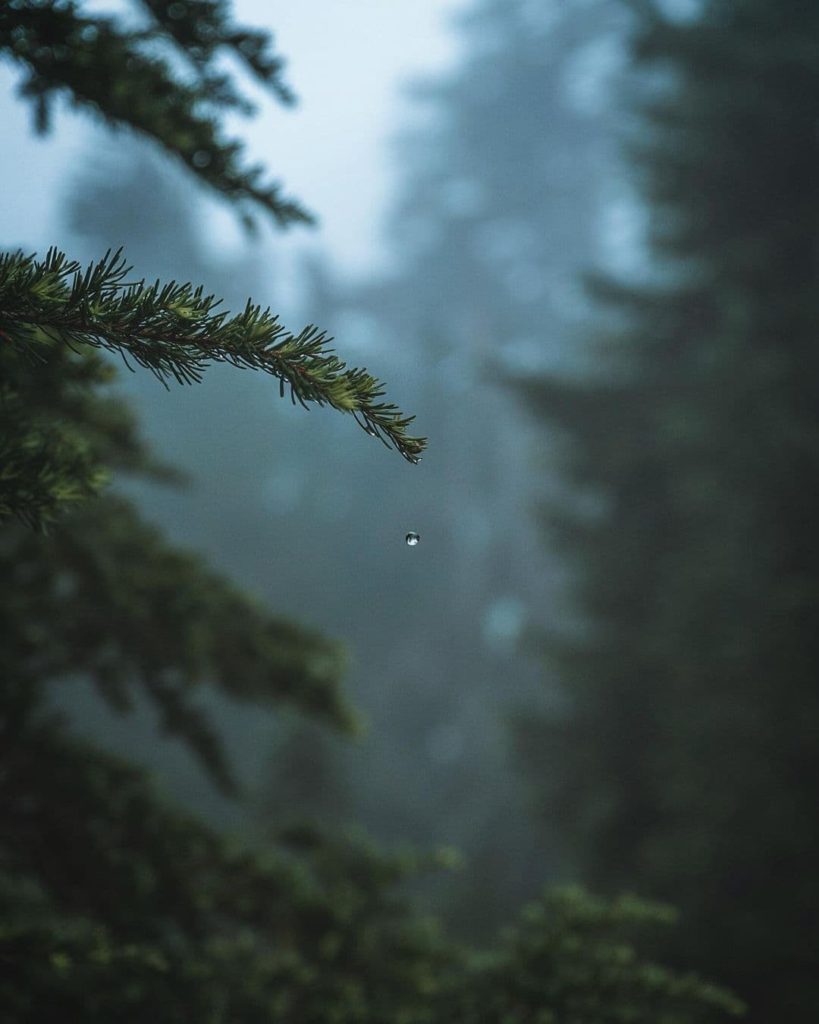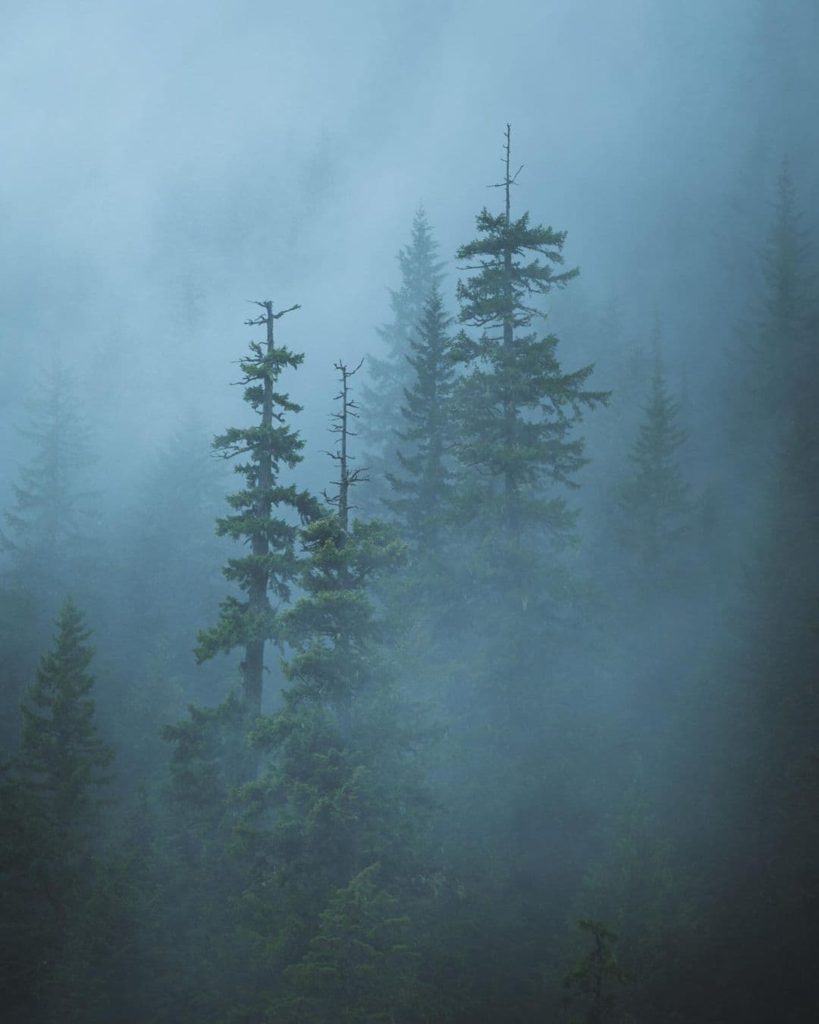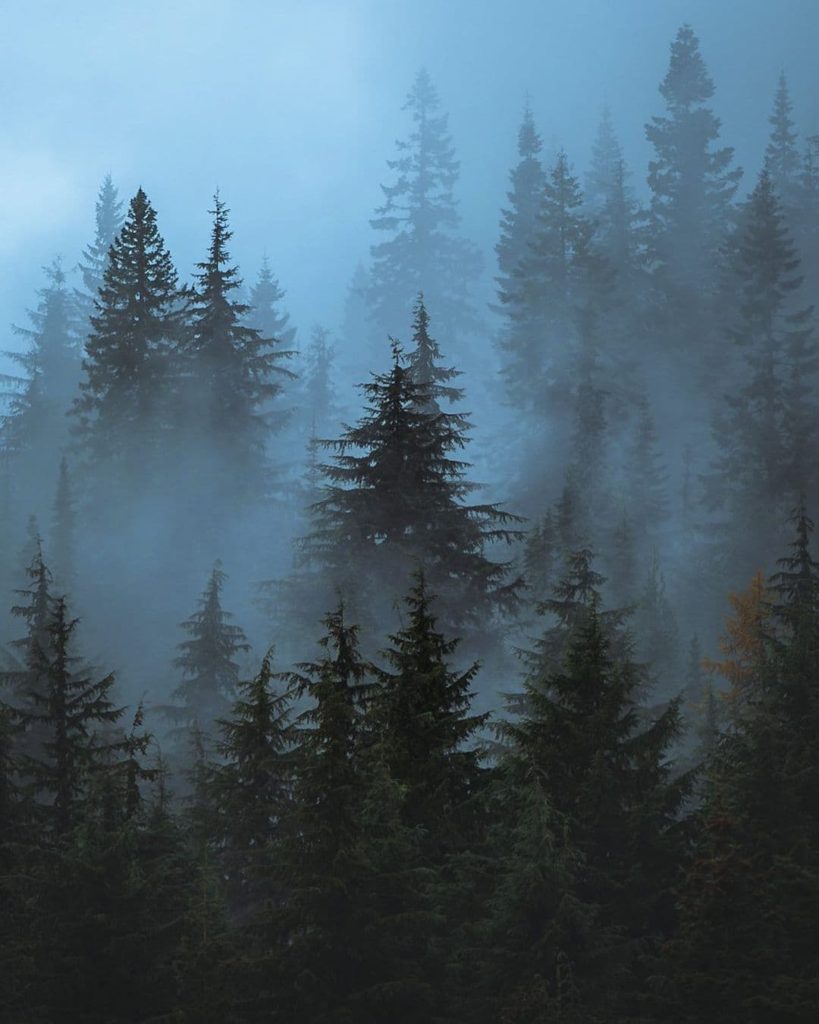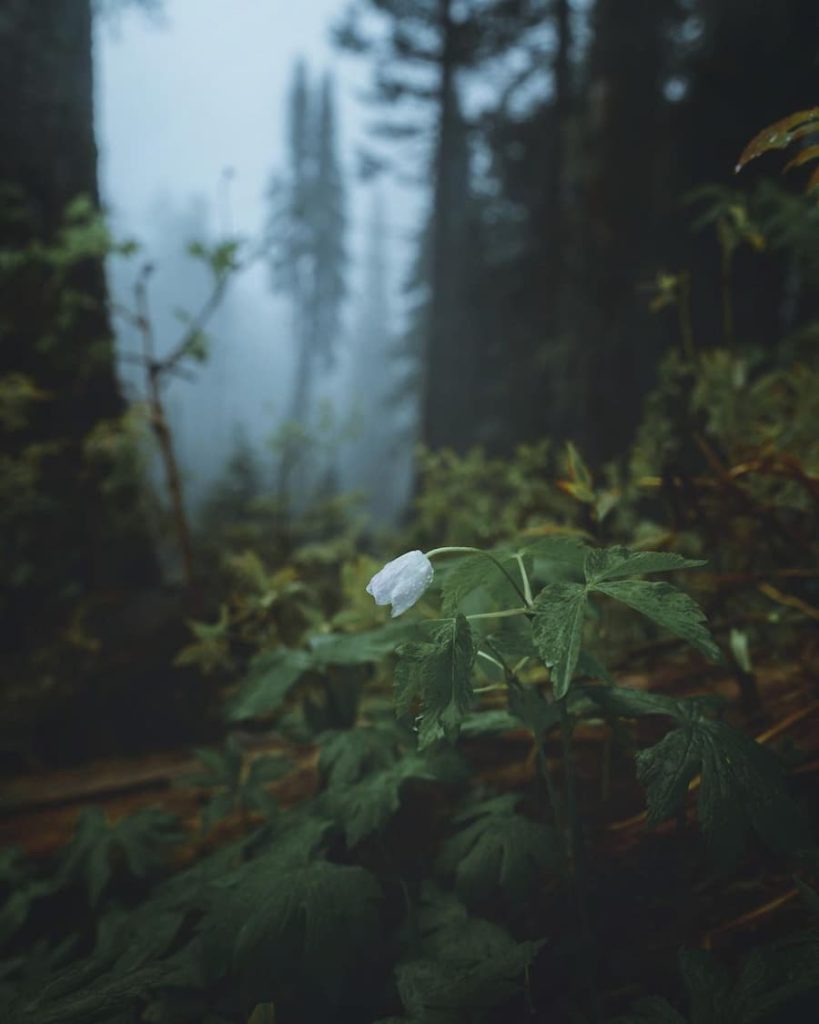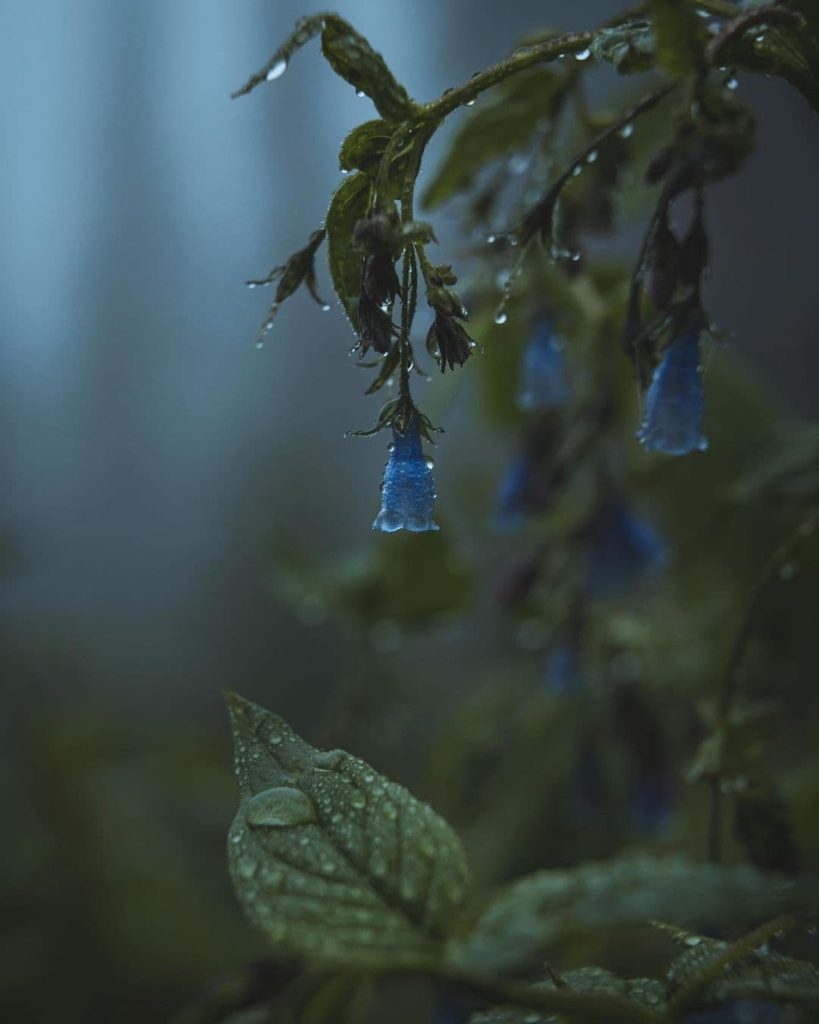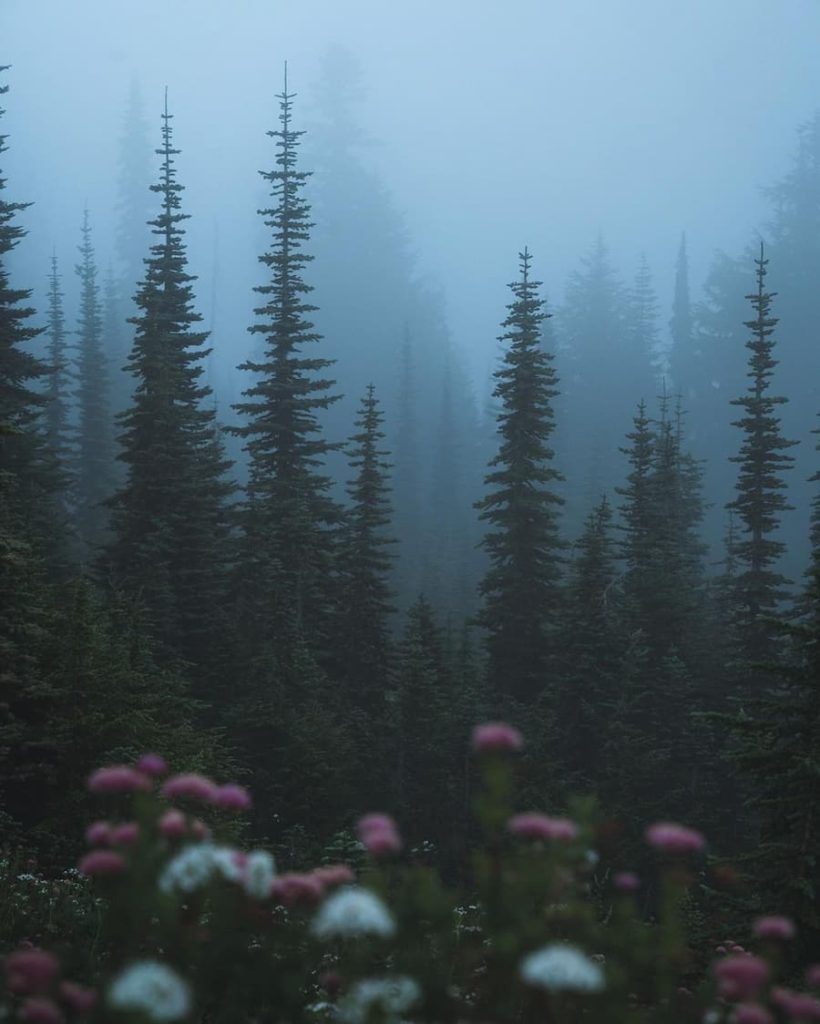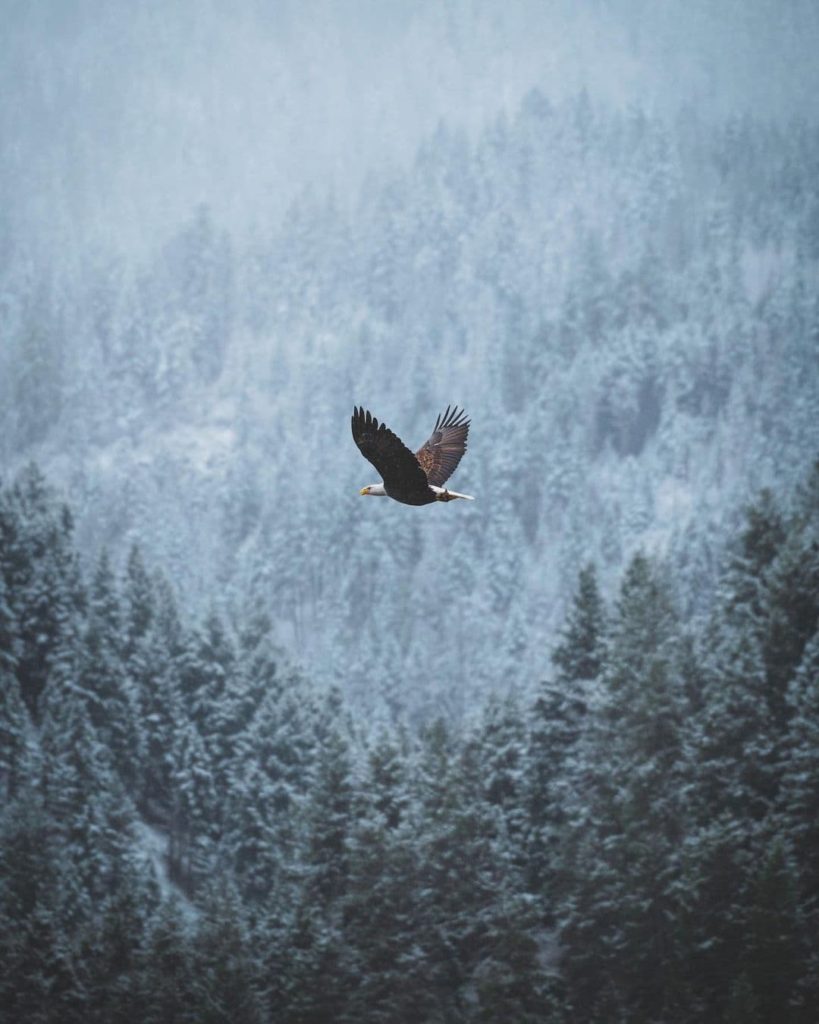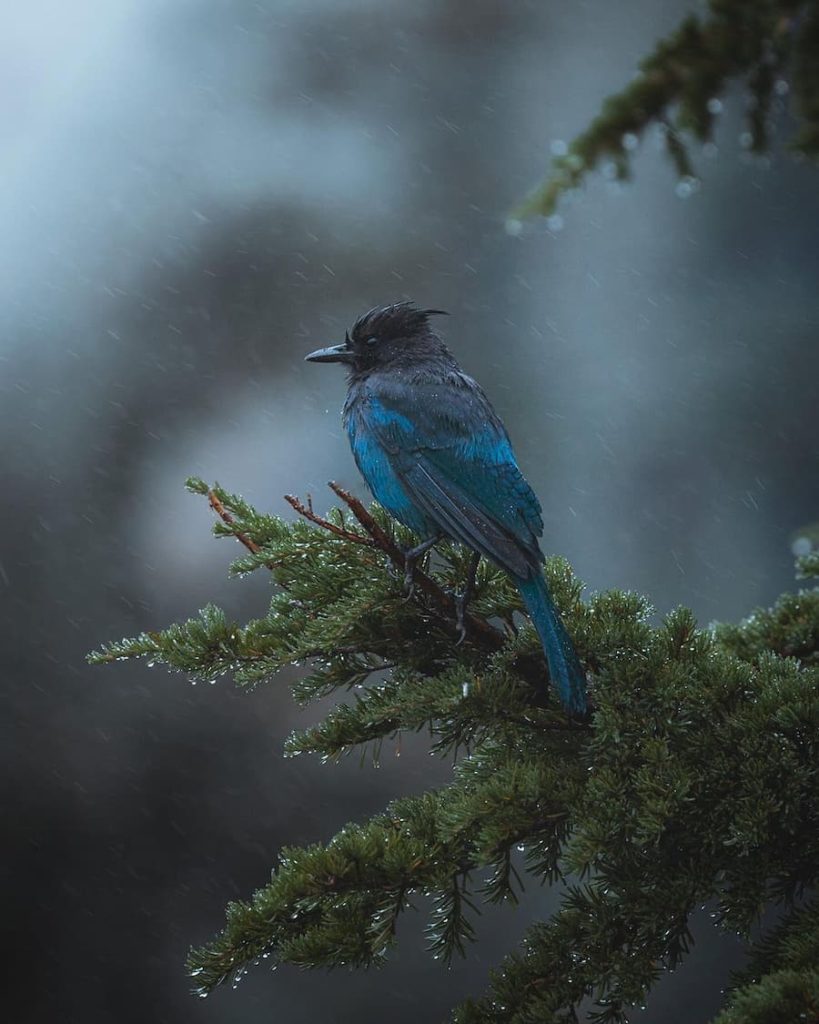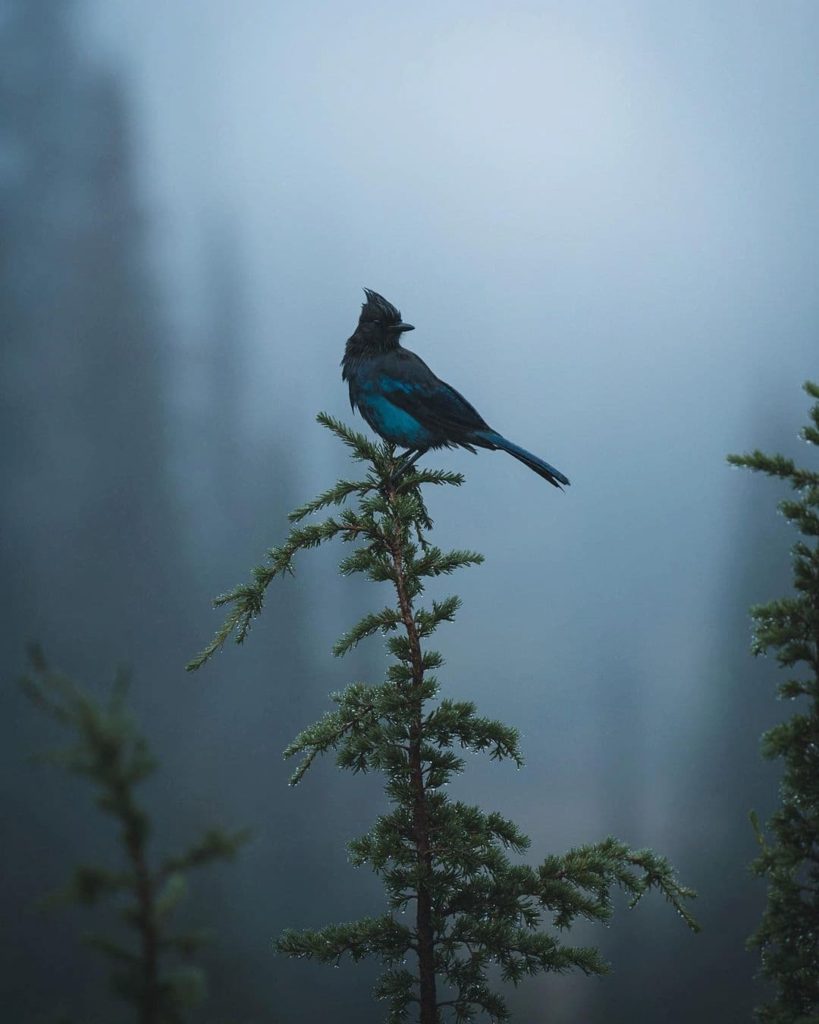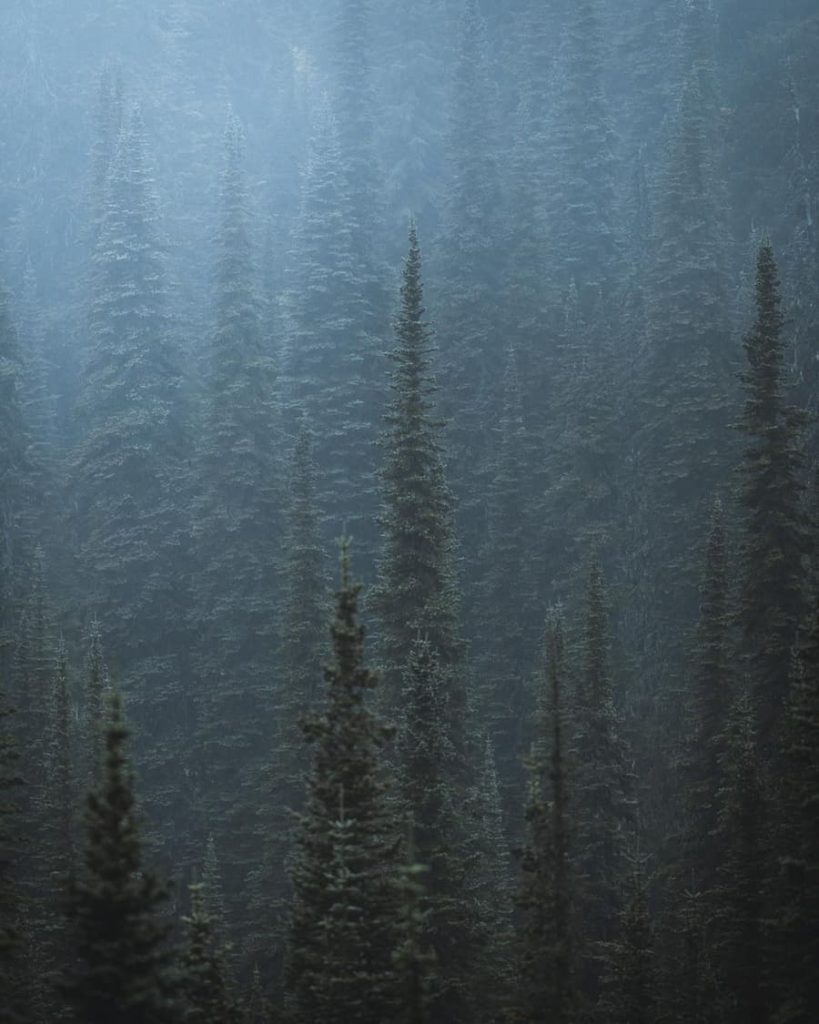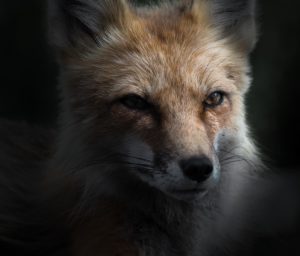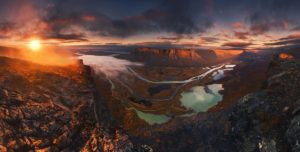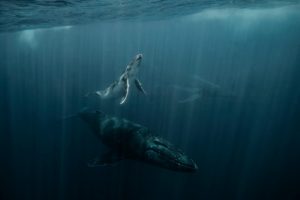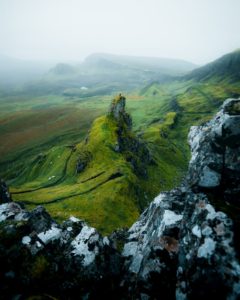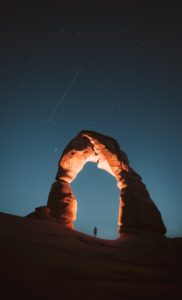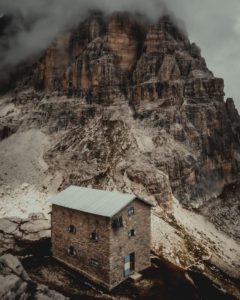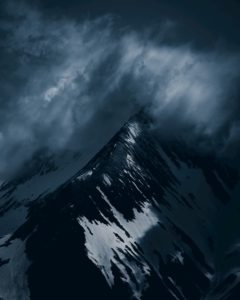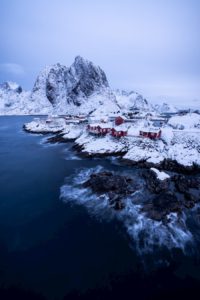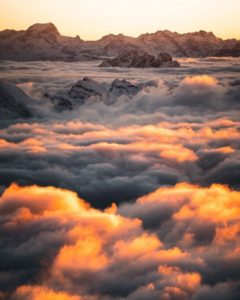
Zach Nichols
@zachnicholz
Photographer based in the US
Introducing Zach Nichols
Zach is a professional wedding and travel photographer based in Washington. He has a special interest in forests and in documenting the wonders of the PNW. Since 2017 he has been doing photography full time, and in this interview, he shares many valuable tips and personal experiences that can help people new to the field get started. Zach has a professional approach to doing (photography) business while he is well-aware of the importance of staying close to your personal motivation and mission in order to “succeed”.
Interview
Welcome Zach!
You share fantastic photos on social media and of course, we’d love to know the technical tools you use to achieve this before we jump into your personal vision and style. So, to start with, we would love to know your go-to equipment; which cameras, lenses, filters, etc. are you using nowadays to create the photos you envision and to shoot in the circumstances and environments you find yourself in the most?
I personally shoot with a Nikon Z6 II and Z7 II, with the Nikon Z7 II being my go-to when shooting most landscapes and scenes. As far as lenses go, my most used lens is a Tamron 24-70 f/2.8 G2 that I carry on every hike. For my more “zoomed in” photos, I use a Tamron 70-200 f/2.8 G2 or the Nikkor 200-500 f/5.6. For my wildlife photos, I use only the Nikkor 200-500 f/5.6 for the most reach. I do not use any filters but do use an extension tube that converts my 24-70 into a macro lens for only $40. It’s a must-have in my opinion.
Something you shared in one of your Instagram captions was really interesting to read:
“It was after this trip to Mt Rainier over three years ago that got me hooked on taking photos in the rain. Up until this point I nearly refused to take photos if it was not sunny and “ideal” conditions. Now I don’t mind what the weather is. Funny how things change.” We got to know you a few years ago, and back then you were already focusing on that particular style – moody and mystic. What do you think led you to that style/preference in the first place and what have been some of the major changes you have applied over the last two years?
That is a great question. I personally love challenging myself and pushing my own comfort zones and limits as a photographer. Before this feed post, I had looked at rainy days as being unideal and refused to take photos if it was raining. That was until one fall when I decided to challenge myself to take photos in only rainy conditions to push myself to find beauty where I thought there was none. I told myself that if I didn’t enjoy it, I could go back to the sunrise/sunset style I had previously followed. As you can see, that did not happen because I fell in love with it. Taking photos in the rain sounds miserable to many. You may be right in some cases but if you get the right gear for the job, getting wet and cold is no longer an issue. I do still take sunset and sunrise photos, by the way, but I just don’t always post them because I want to bring attention to the wonder and mystery found in the beautiful forests of the PNW.
Which have been some of the most inspiring locations you have been visiting during the last year? And to this day, what are four photography spots/locations you really enjoy when it comes to capturing the mistiness of forests?
This is a difficult question. In regard to the moody forest locations, I really loved visiting the area around Skykomish, WA and Gold Bar, WA. The old-growth forests are incredible and the area is especially rainy and misty. Probably the most moody area in Washington that isn’t in the Olympic Peninsula. Aside from that, I have always loved Paradise in Mt. Rainier. Rain or shine, that area always lives up to the name.
That being said, my all time favorite four spots for moody photos are Paradise (Rainier), Skykomish, the Olympic Peninsula, and the Coeur d’ Alene National Forest. These areas are all very high in the mountains which allows for the clouds to come into contact with the forests for the best chances at moody conditions. The old growth forests in these areas are also incredible and unique to the PNW.
Achieving a cohesive style dominated by foggy and moody conditions must require discipline and quite some knowledge about weather patterns. What are some essential strategies and actions you follow to find yourself surrounded by such conditions?
Moody photos are definitely seasonal. The best time to get these conditions are in the fall through the spring. That is because it required fog and/or clouds. My best advice for those looking to find these conditions is to always get up at sunrise when the fog and clouds are low to the ground. You want to look at the forecast, look for rain and cloudy conditions and get up as high into the mountains as you can to get into the clouds. As far as scouting goes, I normally look for good forests in the mountains and just explore every forest road in the area. You’d be amazed at what you can find.
With regards to the compositions of your photographs, what are you searching for and how do you decide on interesting angles/compositions that you think can make a great photograph? What are your “criteria”?
Finding great compositions for me has become a feeling more than a science. The more time you spend in the forest, the more your eye is drawn to truly interesting compositions. When first starting off, everything looked amazing as I was new and hadn’t seen a lot. As time has gone on, my eye has become more refined and my compositions have become more unique as well.
I have had a lot of people ask me what makes me take photos of certain trees or sceneries and it is very difficult for me to explain because there is no particular criteria that I look for other than it being foggy. It really is just a feeling for me. When I see something I find unique that stands out or just plain beautiful, I take a photo. As such, I have become more refined and picky over time as I have seen more and more things in the forest.
When approaching a forest, a great thing to practice is to start large and then work small. What I mean by this is to start by capturing photos of the wide-angle scale (capturing entire forests or mountains) and then work your way toward more macro photos (focusing on a single tree, branch, pine cones, or droplets, etc.). I have found that if you cannot find good wide-angle shots, you can always find great macro photos.
You also do quite some macro photography. What do you do differently in order to capture the smallest details of nature beautifully and clearly? And how do you make sure your eye catches those details that are worth photographing?
Macro photography is an art of its own because it is so hard to envision the composition until you are looking at it through your camera. When first approaching an area where I want to take a marco photo, I look for something special. Whether it be rain droplets on branches, pine cones, or other special or beautiful subjects. Sometimes you can get lucky and find a great angle right off the bat, but a lot of times it takes me a good amount of time circling around a tree or branch to find the composition I want. When I do find a composition, I take into account the lowest shutter speed I need to freeze the subject and then I try to use the lowest aperture I can as well so that I can keep my ISO low for the best quality photos.
In one of your captions, you mentioned: “I’ve been pretty burnt out on photography lately (happens at the end of every season) so I haven’t touched my camera in about a month.” One can imagine that continuously capturing photos can be challenging. What is it that makes you feel burnt out at some point? And what do you do to recover your energy and inspiration?
I think I can say with certainty that every photographer gets burnt out at some point. If you haven’t then you haven’t been doing it long enough. I am a full time wedding and portrait photographer and so I take a LOT of photos a year. Though I do my best to keep my passion for the outdoors separate from my wedding and portrait business, posting to Instagram can also be exhausting because of the constant content creation aspect. If you want to get good engagement, you need to post regularly and post new content as well. Thus, Instagram becomes almost like a job on its own. When I posted this I was specifically referencing the wedding season but I have been burnt out with Instagram as well. Over the last year I made a point of posting five times a week and being active in my stories to see what growth I could gain. The results in the numbers were great but it definitely took a toll on my creativity and passion. I think it is important to take breaks from time to time and take care of yourself and your passion. I have taken time off a few times and my advice is to take as long as you need and only come back when and if you are ready.
Along these lines, I think it is essential to ask oneself what they want to gain from Instagram and what their motives are. If your motive is to gain followers and numbers, you will get burnt out pretty quick but there’s a difference if your motive stems from a mission or passion. My biggest advice is to not let Instagram and numbers dictate your passion or kill your creativity. It is a great tool but at the end of the day, it is only a tool; it should never define you.
Can you share with us three of the coolest or most photogenic trees you have ever photographed? What caught your attention in particular with these trees, and what do you know about these trees? Also, can you shortly describe the background story of each of these photos with us?
I think my favorite trees are the ones that encapsulate a feeling for me or speak to me in some way. My top three favorite trees are those that are imperfect or that stand apart from the others. I think to me, it tells the story of my life which has been that of being broken and battered but still standing tall in the wake of unfortunate circumstances. For a long time, it was very hard for me to not just be a part of the “crowd” and fit in. However, as I have matured, I have grown to appreciate and accept my past experiences and trials as a part of what makes me who I am. I have become thankful for those tough circumstances and have grown to be proud-of and fully embrace who I am. In the end, it has made me stronger, much more confident, and I believe has also been a huge part of my success as a photographer.
How does being in a forest surrounded by trees and the characteristics belonging to a forest make you feel? And how is that different from being in the mountains or by the sea, for you?
There is something extraordinary about being in ancient forests that are enveloped in fog. It is the closest thing to magic I’ve witnessed in nature (aside from the aurora). It is truly a very existential experience to be honest (which may sound weird). The forests are living organisms that can be centuries old. I always think of how many things they have “seen” in their time and it brings to mind just how much of a temporal traveler I am, whose life is just a fraction in the span of their lifetimes and the lifetime of the forest as a collective whole. The only other thing that gives me a similar feeling in nature is when I look at the stars. They just bring perspective to me and my life. Our cares, worries, and even our entire lives are all so insignificant in the scheme of the universe and time itself. Strangely enough, this truth quiets my mind and brings peace to my soul.
This quote also called our attention: “Fitting in or being a part of the “norm” is hardly interesting at all. Embrace your uniqueness and don’t be afraid to stand out.” What can one do to find what makes them unique and why do you think it is important to find such uniqueness? What challenges did you encounter yourself when you noticed you wouldn’t fit in or when you decided to break the norm? How did you feel and how did you overcome these moments of uncertainty/challenges?
I think this is a fantastic question. Humans have a natural inclination to try and fit in because animalistically it is what is safe; it is the herd mentality. However, I personally believe that it is of the utmost importance to be intuitive to your animalistic nature and push the envelope. I love an analogy I once heard from Robert Kiyosaki that says that “there are three sides to every coin; heads, tails, and the side of the coin. People should strive to look at life from the side of the coin because then they can see both sides clearly.” Though I do not agree with everything he says, I really do try to live my life by this principle and it has had fantastic results.
In my life, I got thrown off the normal train when I got a serious concussion in my Freshman year of college and, a couple years later, dropped out of engineering college going into my senior year. Though it was probably one of the most difficult times in my life emotionally, physically, and spiritually, I look back at it as the breaking point that sent me off in a completely different direction than the norm. It took me years to not feel like a failure because it was ingrained in me that to be successful in life, one needed to graduate college, get a good paying 9-5 job, get married, buy a house, have kids, and live a fancy life full of nice things. Though there is nothing wrong with that lifestyle, it is absolutely not for me and I am beyond glad that I am on a different path.
It is also important to critically look at what your flaws are and be very honest with yourself about whether they are actual flaws or destructive habits that need changing or strengths that society or professionals deem as a flaw because they are not the norm… There is a HUGE difference. Remember, to fit in, you need to look, act, and react the same as others but if you want to stand out, you need to embrace your uniqueness and own it.
Furthermore, I would challenge everyone to always be learning and growing. It is important to self-evaluate and push oneself to grow in areas of weakness. Don’t let yourself find comfort because when you become comfortable, you aren’t growing and pushing yourself to your true potential.
Starting a career as a photographer is not easy. Yet, over the years, you have managed to master the craft (and also keep learning), you are doing photography full-time and have built a strong social media presence. This is something that many fellow creators are aiming to get at in the next few years as well. Looking back at your beginnings in the industry, what four pieces of advice would you give to anyone looking to become a full time photographer?
I would say that those chasing a career in photography really need to evaluate their goals and aspirations. Without a goal or idea of where you want to get, you will wander aimlessly. Though people may stumble upon success, I believe with clear and reasonable goals, you will be much better off.
I would also tell people to use Instagram as a tool and to not let it define them and their style. I have said this many times but Instagram can become addicting, especially if you do find “success” through it. Although I do post quite regularly, I prefer Google in regard to my wedding business because it is passive and does not require constant posting to remain “relevant”. Ranking on Google does take time and research, however, if you can rank well, you will be amazed at the amount of work you can receive.
Next, I wished I would have read the book, 80/20 Sales and Marketing earlier on in my career because it goes into depth about the 80/20 principle (also known as the Pareto Principle). The 80/20 principle is a natural law that dictates that 80% of the outcomes come from 20% of the inputs. So how is this even relevant to your career? Let me tell you, it is of the UTMOST importance. When you look at things through the 80/20 principle, it will change your life. Let me give you an example that I have personally witnessed and ways I use my observations to allow me to excel in my career and life:
When reading the book, the author said that “oftentimes in a business, 80% of the income will come from 20% of the clients or purchases.” When I read this, I instantly went to my income spreadsheet (I am very much a Type-A person) and I realized that almost exactly 80% of my income that year came from weddings which made up just about 20% of my total jobs. So why is this important information and how did it change the way I approached that part of my business? When I realized that weddings brought in 80% of my income, I decided to focus most of my time and efforts on improving that side of my business because it was more important to me than the other avenues of income.
Would you like content like this sent to your inbox?
